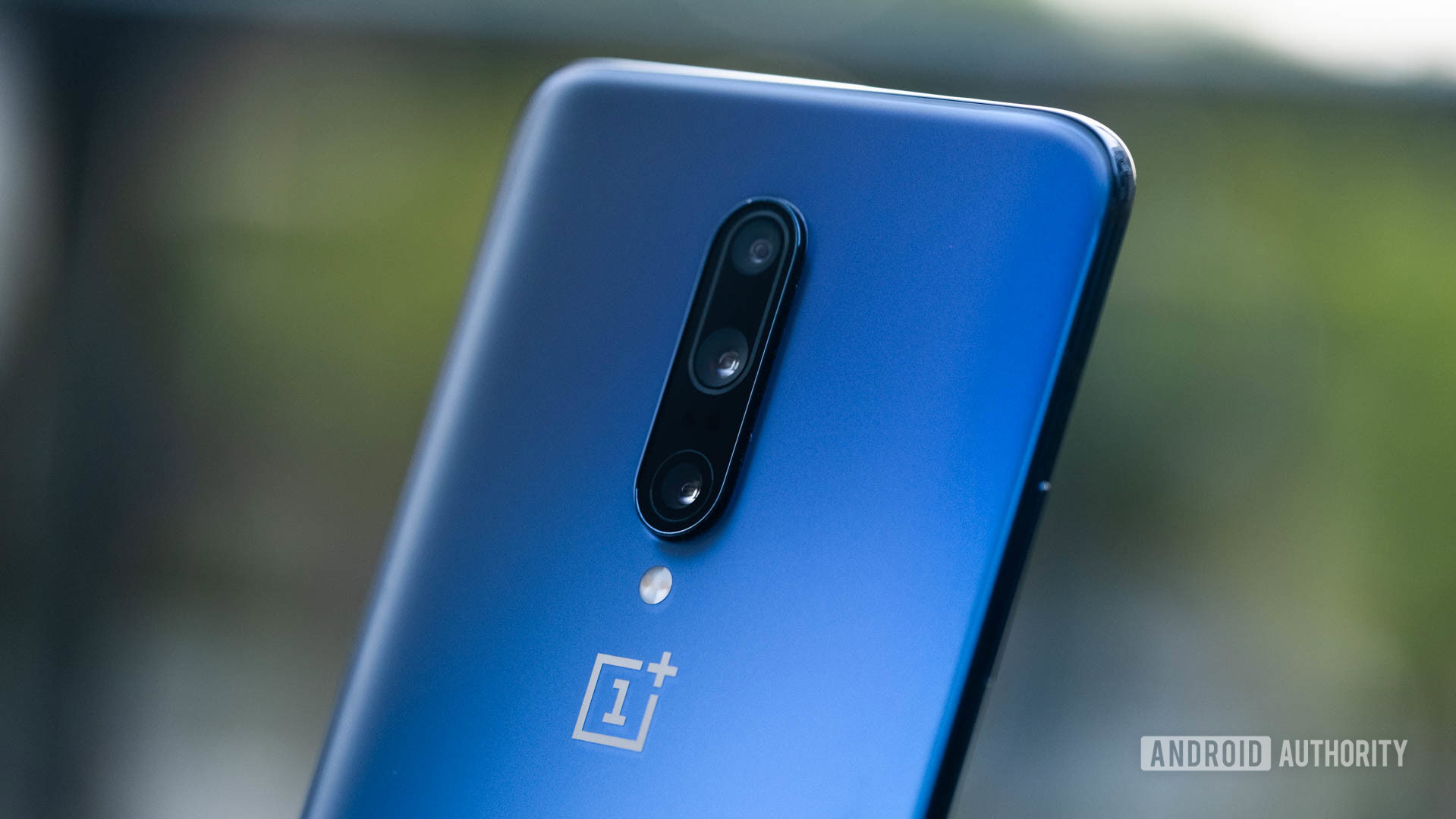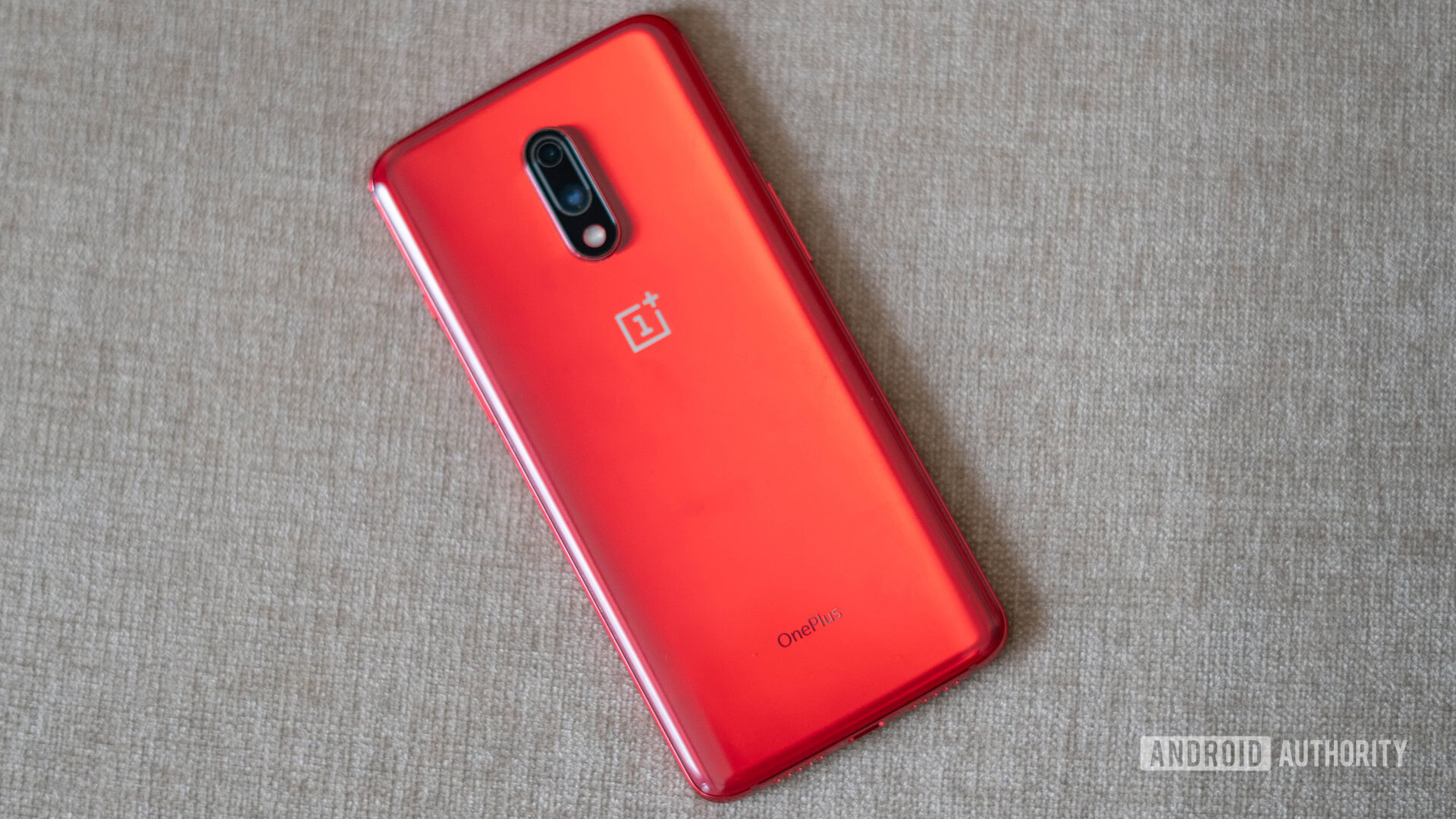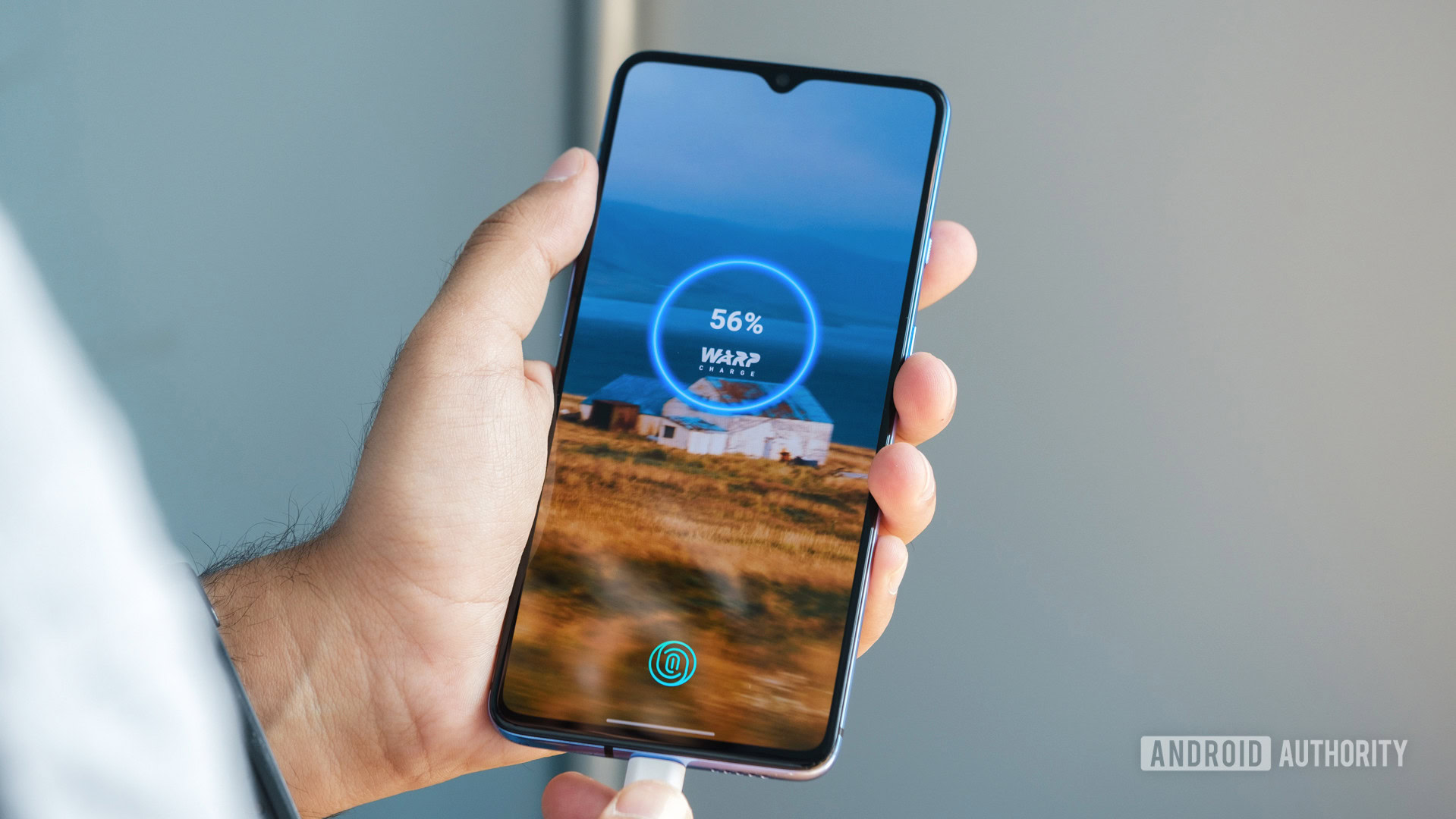Affiliate links on Android Authority may earn us a commission. Learn more.
Buying a OnePlus phone used to be simple, but that's changed in multiple ways

In October of last year, buying a new OnePlus phone was incredibly simple. First, head to OnePlus.com. Second, pick the OnePlus 6T colorway you like the best. Finally, head to the checkout page to place your order. That was it.
Now, things aren’t so straightforward. It started earlier this year with the introduction of the OnePlus 7 Pro, the first “Pro” phone from the company and the first time it introduced a device that wasn’t part of the primary line nor part of the “T” series.
Even the vanilla OnePlus 7 — launched at the same time as the 7 Pro — was confusing since it only landed in specific areas of the world (primarily the United Kingdom and India). Now, things are even more confusing with the introduction of the OnePlus 7T and the upcoming reveal of what we expect to be called the OnePlus 7T Pro.
It’s only been one year since the launch of the OnePlus 6T, but buying a OnePlus phone has gotten so much more tricky. Is this a good thing?
The confusing OnePlus phone lineup explained

By the end of this year, OnePlus will likely have launched five smartphones in 2019. Those phones are:
- OnePlus 7
- OnePlus 7 Pro
- OnePlus 7 Pro 5G
- OnePlus 7T
- OnePlus 7T Pro (expected name, not released yet)
Let’s compare that to last year’s lineup from OnePlus:
- OnePlus 6
- OnePlus 6T
In just one year, OnePlus has more than doubled its smartphone output.
To make things even more confusing, the OnePlus 6T is — as of right now — still sticking around here in the United States. In the US, if you head to OnePlus’ website or T-Mobile to buy a phone, you will have at least three choices starting on October 18: the OnePlus 7 Pro, the OnePlus 7T, and the OnePlus 6T.
There are now multiple OnePlus smartphones with similar-sounding names and fractured availability.
Meanwhile, in the UK, things get even more intense. By the end of this year, they will need to choose between the OnePlus 7T, the OnePlus 7 Pro, the OnePlus 7 Pro 5G, and possibly even the OnePlus 7T Pro.
Now, I’m not trying to knock down offering consumers plenty of choices when it comes to buying a OnePlus phone. Choices are great! But the problem here is that many of these phones share the same specs and even have similar price points.
Let’s take the OnePlus 7, the OnePlus 7T, and the OnePlus 7 Pro as examples. Check out the specs of those devices here:
| OnePlus 7T | OnePlus 7 | OnePlus 7 Pro | |
|---|---|---|---|
Display | OnePlus 7T 6.55-inch Full HD+ AMOLED 402ppi 90Hz refresh rate 20:9 aspect ratio HDR10/HDR+ certified | OnePlus 7 6.41-inch Full HD+ AMOLED 402ppi 19.5:9 aspect ratio | OnePlus 7 Pro 6.67-inch QHD+ AMOLED 516ppi 90Hz refresh rate 19.5:9 aspect ratio HDR10/HDR+ certified |
SoC | OnePlus 7T Qualcomm Snapdragon 855 Plus | OnePlus 7 Qualcomm Snapdragon 855 | OnePlus 7 Pro Qualcomm Snapdragon 855 |
GPU | OnePlus 7T Adreno 640 | OnePlus 7 Adreno 640 | OnePlus 7 Pro Adreno 640 |
RAM | OnePlus 7T 8GB LPDDR4X | OnePlus 7 6/8GB LPDDR4X | OnePlus 7 Pro 6/8/12GB LPDDR4X |
Storage | OnePlus 7T 128/256GB UFS 3.0 | OnePlus 7 128/256GB UFS 3.0 | OnePlus 7 Pro 128/256GB UFS 3.0 |
Cameras | OnePlus 7T Rear cameras Main: Sony IMX586, 48MP, f/1.6, OIS Wide: 16MP, f/2.2, 117 degrees Telephoto: 8MP, f/2.4, 2x zoom, OIS Front camera Sony IMX4791, 16MP, f/2.0, EIS | OnePlus 7 Rear cameras Main: Sony IMX586, 48MP, f/1.6, OIS Secondary: 5MP depth sensor Front camera: Sony IMX471, 16MP, f/2.0, EIS | OnePlus 7 Pro Rear cameras: Main: 48MP, f/1.6, OIS Wide: 16MP, f/2.2, 117 degrees Telephoto: 8MP, f/2.4, 3x zoom, OIS Front camera: 16MP, f/2.0, EIS |
Audio | OnePlus 7T USB 3.1 Type-C No headphone jack Strereo speakers Dolby Atmos certified | OnePlus 7 USB 3.1 Type-C No headphone jack Stereo speakers Dolby Atmos certified | OnePlus 7 Pro USB 3.1 Type-C No headphone jack Stereo speakers Dolby Atmos certified |
Battery | OnePlus 7T 3,800mAh Non-removable Warp Charge 30T (5V, 6A) | OnePlus 7 3,700mAh Non-removable 20-watt fast charging | OnePlus 7 Pro 4,000mAh Non-removable 30-watt fast charging |
IP rating | OnePlus 7T N/A | OnePlus 7 N/A | OnePlus 7 Pro N/A |
Software | OnePlus 7T Android 10 OxygenOS | OnePlus 7 Android 10 OxygenOS | OnePlus 7 Pro Android 10 OxygenOS |
Colors | OnePlus 7T Frosted Silver, Glacial Blue | OnePlus 7 Mirror Grey, Red | OnePlus 7 Pro Mirror Grey, Nebula Blue, Almond |
Dimensions and weight | OnePlus 7T 160.9 x 74.4 x 8.1mm 190 grams | OnePlus 7 157.7 x 74.8 x 8.2mm 182 grams | OnePlus 7 Pro 162.6 x 75.9 x 8.8mm 206 grams |
I don’t know about you, but I don’t see too many wild differences on that table.
Maybe you can better differentiate OnePlus’ smartphone lineup through pricing? Nope. In the UK, the starting price of the OnePlus 7 Pro is £649. OnePlus hasn’t revealed UK pricing for the OnePlus 7T, but we expect it to be £599 based on its confirmed US pricing ($599). We also don’t know the UK price of the OnePlus 7T Pro, but it will likely be the same £649 or possibly slightly more.
This makes things incredibly difficult for the consumer. Why spend £649 on the OnePlus 7 Pro when the OnePlus 7T offers most of the same specs for an expected £599? Why buy a OnePlus 7T Pro when the OnePlus 7 Pro will likely look exactly the same as the 7T Pro?
Do you see what I’m getting at here? If OnePlus had one phone that retailed for £299, another that retailed for £499, and then another that retailed for £699, that would make a lot of sense. That would make the choice much easier for the consumer as they could easily judge for themselves just how much phone they can afford.
Instead, OnePlus is likely going to offer three phones with very similar names at very similar price points with very similar specs and even very similar designs. That’s very confusing.
Let’s hope OnePlus is ready to handle this responsibility

The expansion of the OnePlus phone lineup was inevitable. The fractured global strategy — meaning the idea of releasing certain products in specific areas of the world while not releasing those products in other areas — was also inevitable. If OnePlus is going to grow to a global scale it needs to cater its products to specific areas of the world.
But OnePlus isn’t really doing that yet. All the phones we’re seeing this year are very similar to each other and could work well in any part of the world. There’s no phone in the OnePlus 7 series that I can look at and say, “Ah, this is the one designed for the Indian consumer,” or, “Yeah, this phone clearly is targeted at the wealthier consumer in the US.” All I see are five very similar phones that could sell pretty much anywhere.
I hate to say it, but OnePlus should be looking at Samsung's current strategy for inspiration on global smartphone releases.
If OnePlus is really going to do this global expansion thing, it needs to think more like Samsung. Samsung’s Indian strategy is wildly different from its strategy here in the US. In India, the Galaxy M series of smartphones is what Samsung is banking on, which offer innovative designs, certain high-end specs, low prices, and you can only buy them online. Here in the US, we have the ultra-premium flagships and one or two mid-rangers you can buy from pretty much any carrier.
Just by looking at the specs sheet and pricing of the Samsung Galaxy M30 and the Samsung Galaxy Note 10 Plus, you can easily tell which one goes to which market. That’s a solid strategy.
That’s what OnePlus needs to do. The easiest solution would be to bring back the OnePlus X line and sell a modern version of that to the Indian consumer. That would do incredibly well. But releasing a bunch of phones that are only slightly different from one another, staggering their releases, and only making some available in certain areas of the world is not the best idea. That confuses me, a guy who writes about smartphones for a living. I can’t imagine how much that would confuse the average smartphone buyer.